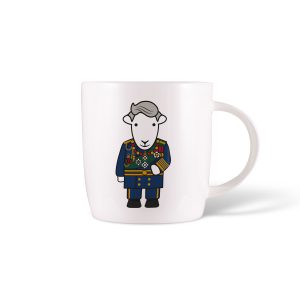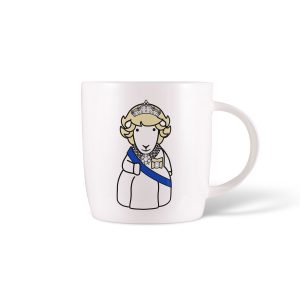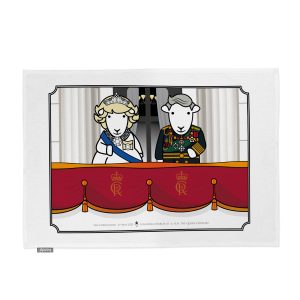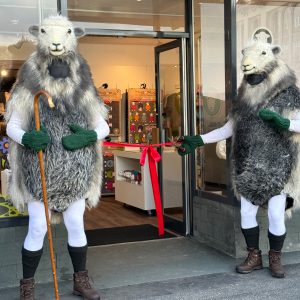The Herdy King & Queen Consort - Inspiration Behind The Design
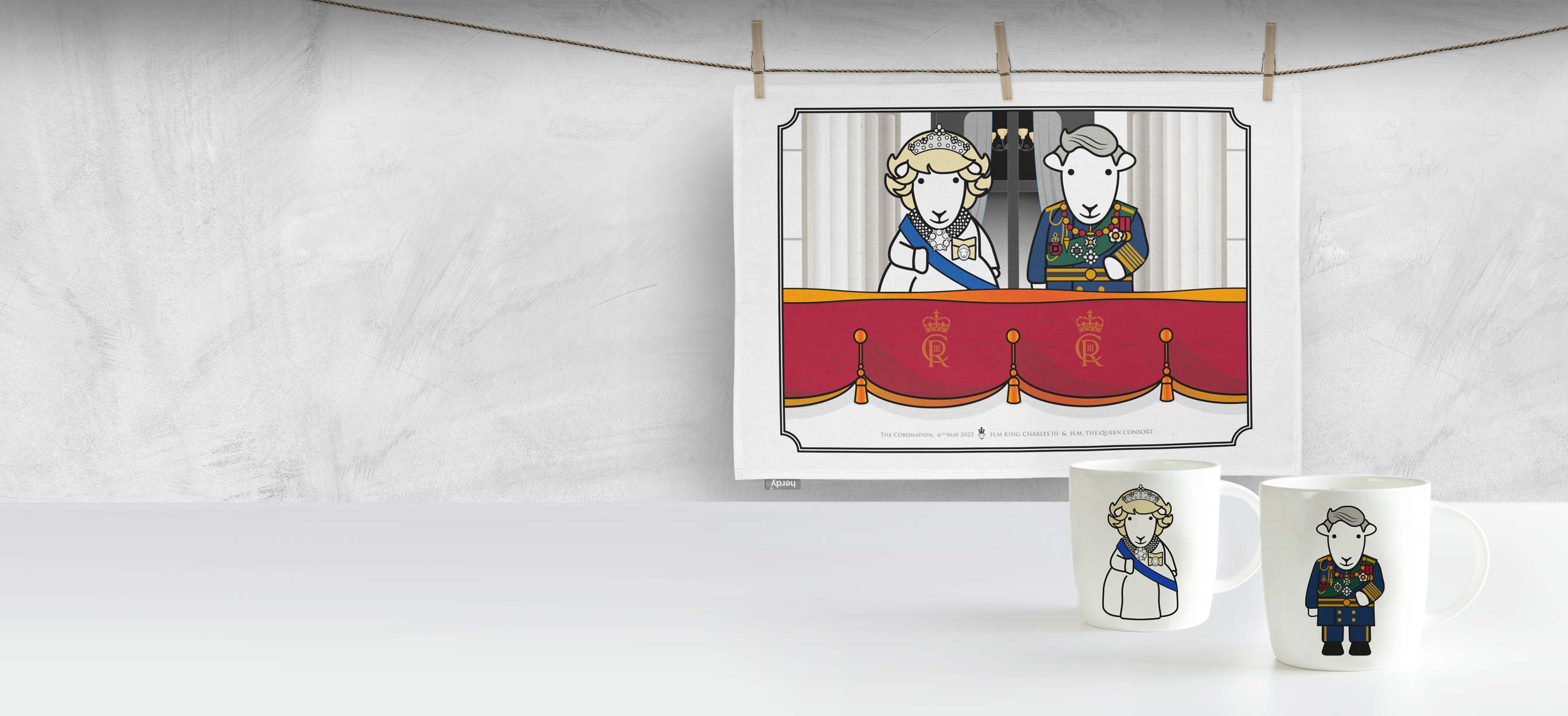
The King’s Outfit - A Closer Look
His Majesty the King’s striking outfit is based on the Admiral of the Fleet naval uniform, which he wears for official engagements including the state opening of parliament. The uniform is worn only by a handful of senior naval officers, which includes high-ranking members of the Royal household. The uniform consists of a navy blue double-breasted tailcoat with gold buttons and shoulder boards, plus gold-laced navy trousers. The outfit is accessorised with an emerald green sash, The Order of the Thistle, Order of the Bath and The King’s personal collection of medals
The Order of the Bath - The Most Honourable Order of the Bath was founded by King George I. The name derives from the elaborate medieval ceremony for appointing a knight, which involved bathing as one of its elements.
The Order of the Thistle - The Order of the Thistle is the highest order of chivalry in Scotland, recognising Knights who have held public office or have contributed in a particular way to national life. The emblem is traditionally worn on an emerald green sash. This particular colour has also previously been worn by The Queen during the Trooping of the Colour
Service Medals - The King’s current collection of medals includes the late Queen’s Coronation, Silver Jubilee, Golden Jubilee, Diamond Jubilee and Platinum Jubilee Medals. Plus, a Naval Long Service Good Conduct Medal. The King notably had a six-year military career, mainly flying for the Royal Navy, for which he was awarded a number of service medals
Member states of the commonwealth are also reflected, such as the Canadian Forces Decoration, the New Zealand Commemorative Medal and Armed Forces Award.
The Queen Consort’s Outfit - A Closer Look
The Queen Consort is depicted wearing a floor-length silk white gown which she has worn on many official state occasions, such as the state opening of parliament, evening receptions at Buckingham palace and foreign heads of state visits. The Queen Consort is not known for her extensive array of jewellery. However, she has a carefully curated collection of personal favourites that she wears on grand occasions, such as the Greville Tiara and Royal Family Order of Queen Elizabeth II broach.
Necklace -The Queen Consort is often seen wearing a striking pearl necklace with a diamond clasp, for formal events such as state dinners, Trooping of the Colour, and at the service of thanksgiving for the life of Queen Elizabeth II. The necklace features four strands of cultured pearls linked by a round cluster of round Edwardian cut diamonds, with a combined weight of three carats. Its estimated value is said to be over £55,000.
The Greville Tiara - The Queen Consort is shown wearing the Greville Tiara, one of her personal favourites. The tiara, previously part of The Queen Mother's jewellery collection and was loaned by the Queen to Camilla on her wedding to Prince Charles in 2005. It has since become her signature tiaraThe piece was made in 1921 by Lucien Hirtx, the chief designer for Boucheron in Paris for Dame Margaret Greville. The tiara has gone through many transformations in its lifetime, with more diamonds being added. However, its distinctive honeycomb design has always been a striking feature and makes the piece unique among the Royals' extensive collection. It is estimated to be worth upwards of £10million
Blue Sash - Certain members of the royal family will wear a blue sash to symbolise their role as a member of the Order of the Garter. A blue sash is also a symbol of the Royal family’s loyalty to the Crown. The colour blue has been associated with royalty for centuries and is seen as a colour of strength, stability, and unity.
Broach - The Queen Consort is also shown wearing the Royal family order of Queen Elizabeth II bestowed on female members of the Royal family, a miniature portrait of Queen Elizabeth II surrounded by diamonds and pinned on a silk taffeta bow. This is one of Camilla’s favourite accessories and she can be seen wearing it at a number of state occasions.

